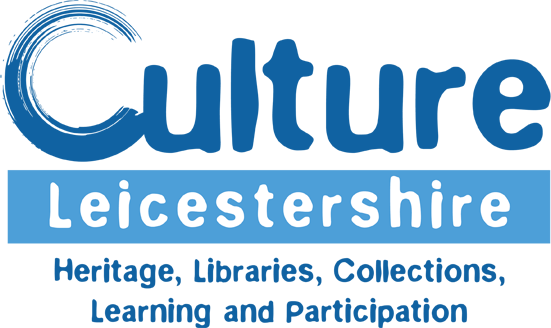
Tuesday 29th October 2024
Ideas – Workspaces and Collaboration: Part 3.
This blog post was originally written for and hosted by Creative Leicestershire on their website, as part of their activities in supporting the work of practitioners in the creative and cultural sector
Workspaces and Collaboration: Part 3.
In a creative industry, it can be challenging when it comes to changing people’s perceptions of your art form or encouraging businesses to try something new.
An example are Indigo Blue Media, who made our very own How To Buy Art short promo film. Catherine Baker explains “When we first started out we really wanted to change the way businesses approached using film and strive to help them create films that were creative, visually interesting as well as having a really strong narrative.” That sounds simple enough but being creative often comes with risks – and that can mean shifting the way a company has thought for many years. Yet Catherine and her colleagues have convinced many of them.
“There are a number of films over the years that have achieved all the things we set out to do, and the film we made in collaboration with Blueberry Child Films for Creative Leicestershire is one we are particularly proud of. It has been a springboard for us to show to other clients the type of approach that can be taken using film in a creative way. None of this would have been possible without Creative Leicestershire’s faith in us and desire to achieve the same goals.” That plug was shameless, I admit, but in all seriousness the film itself is a case in point: it would not have delivered its message as impactfully had the filmmakers not shared our vision to do something creatively different. Often you will be asking a company to approach their trusty old infomercial – or website or public space or new project launch – from a completely different angle.
Innovation cannot exist without unchartered territory to conquer.
A great example of arts meets conventional corporate beast (in the nicest possible sense) is the NHS. Tim Sayers, Arts In Health Co-ordinator for Leicestershire NHS Partnership Trust, says his own vision was to “work with a small informal group of people running artistic events to promote positive images of mental health through the arts”, which has led to some ground-breaking and brilliant collaborations. What’s on his wish list?
“When I am looking to working in collaboration with artists or organisations I am looking for good strong participatory artists who consistently provide a good level of service and are innovative, imaginative, reliable and can work independently,” says Tim.
From the artist’s point of view, the first step of such a collaboration is to do your research: is your idea workable? Says Peter Hirst of successful NHS collaboration Moving InWards: “Finding what links with the service is important…generally something relatively easy to implement within the existing set up is good. I would suggest contacting people and offering your services, going to meet them and presenting your ideas. If you are impassioned about the subject it will shine out of you. Be clear and concise with lots of planning and organising so you are successful in getting your message across.”
The idea must have shone brightly out of Peter because Moving InWards is an innovative therapy scheme which has piloted to huge success in Leicestershire. The concept? “Moving InWards is a creative project originally funded by The Arts Council England to provide music performances and music workshops across mental health hospital wards at Leicestershire Partnership NHS Trust,” explains Peter, who came up with the idea following his own insight into the wards as a bipolar patient. Peter enlisted two musical stalwarts in the form of Mark Morriss of The Bluetones and Gaz Birtles of The Beautiful South to mentor and support his own band Refuge in delivering the programme.
Peter’s company Develop Insite CIC was set up to facilitate the projects Moving InWards and rethinkyourmind.
The company specialises in education and empowerment around the subject of mental health, particularly early intervention and prevention through a holistic approach to wellbeing. “It seems that as budgets are being cut, services are looking more and more for new solutions to existing challenges,” explains Peter. “Music workshops on the wards are useful in improving recovery time. The NHS budget is looking for ways to reduce costs and reduce lengthy stays in hospital and so this is a way that the arts can collaborate to help.
The art of collaboration is a skill that has its challenges but these are most definitely outweighed by the rewards. Collaboration in its true form provides a win/win for all involved.”
The win/win also meets Develop Insite’s overall strategy to “normalise mental health”. “There are many challenges facing the arts particularly in education and, yet, being creative is such a fundamental part of who we are,” continues Peter. “Our projects are focused in finding solutions around what is missing or challenging for the providers of care and education. Art is creative. Creativity gives our lives meaning. When we have meaningful lives, we are more able to manage our wellbeing. Hence the health sector looks to the arts to help reduce the use of their services as a result of people being more able to look after themselves.” Another win/win for all involved.
More blogs
Tuesday 29th October 2024
(Part 2) Starting a career in the Arts? Here’s some key advice from past and present Lead Artists
This blog post was originally written for and hosted by Creative Leicestershire…
Tuesday 29th October 2024
(Part 1) Starting a career in the Arts? Here’s some key advice from past and present Lead Artists
This blog post was originally written for and hosted by Creative Leicestershire…
